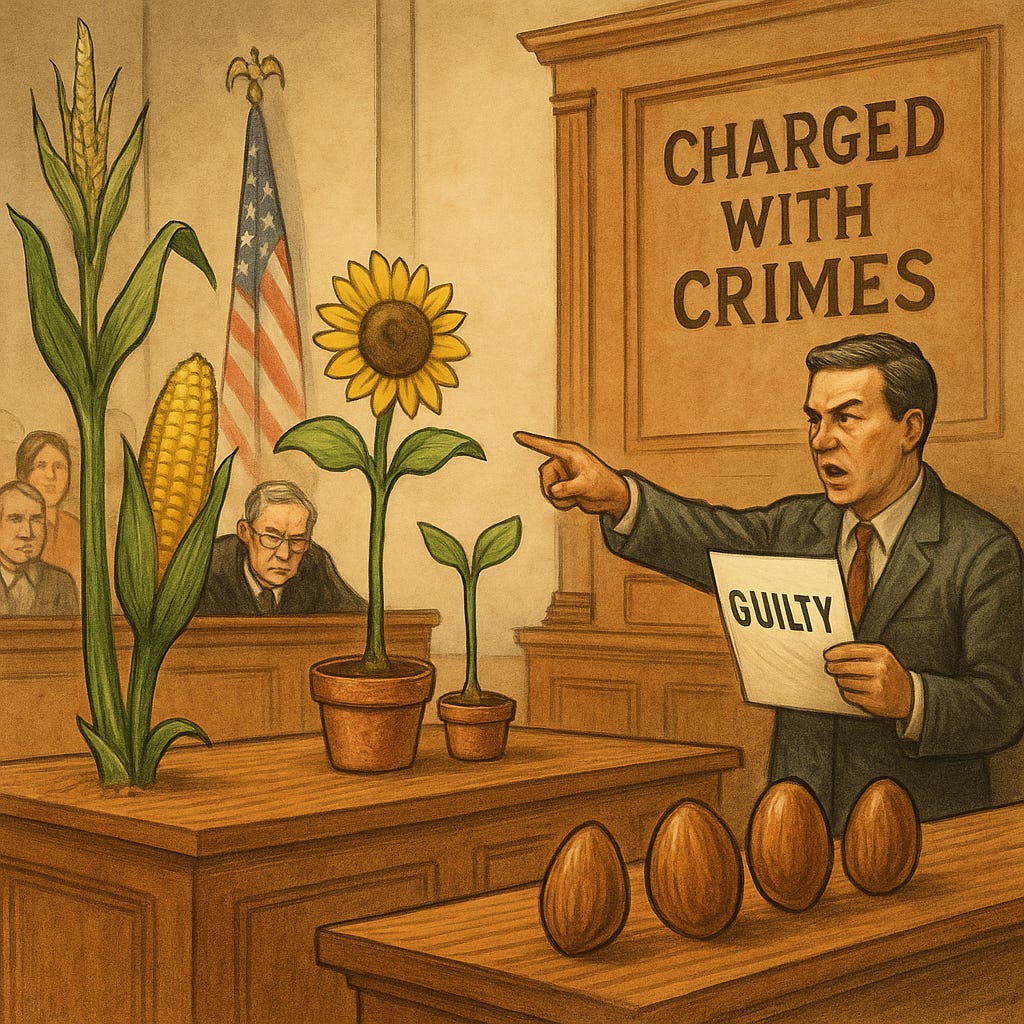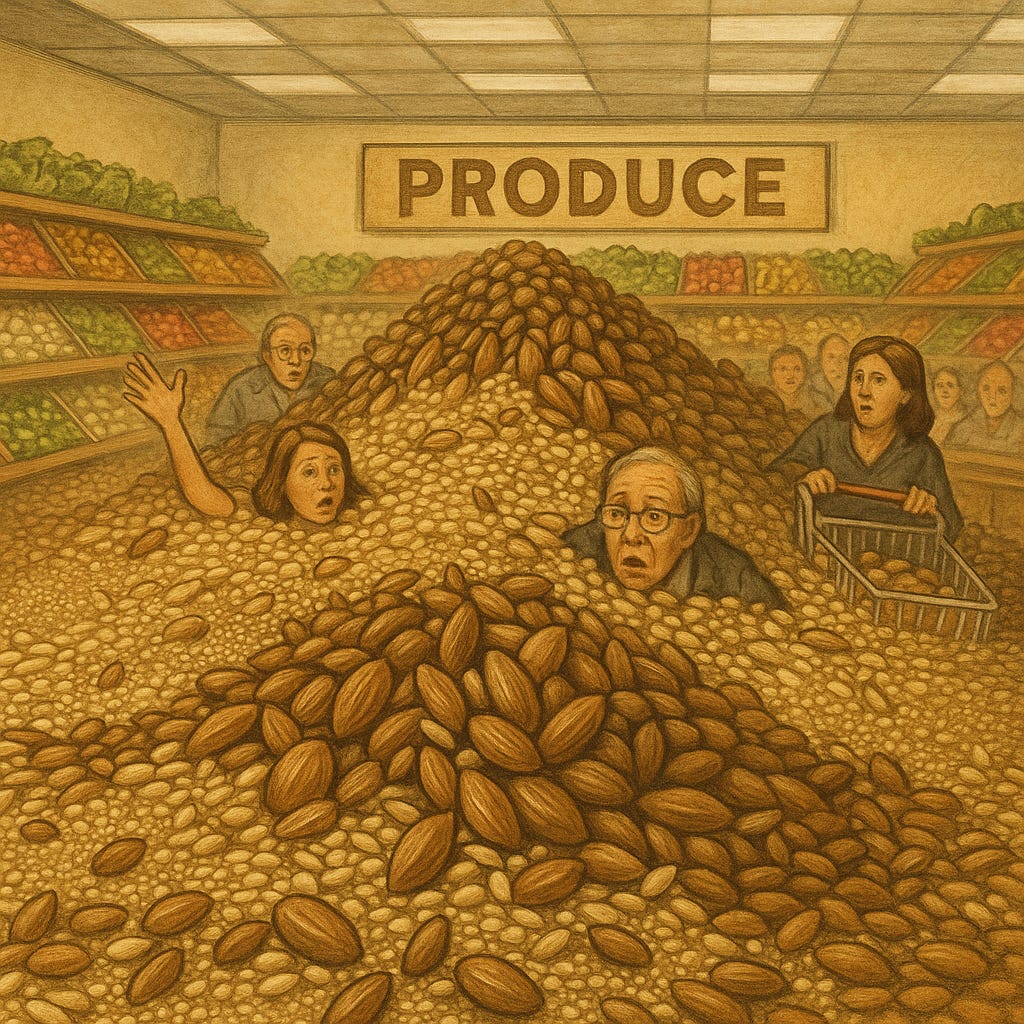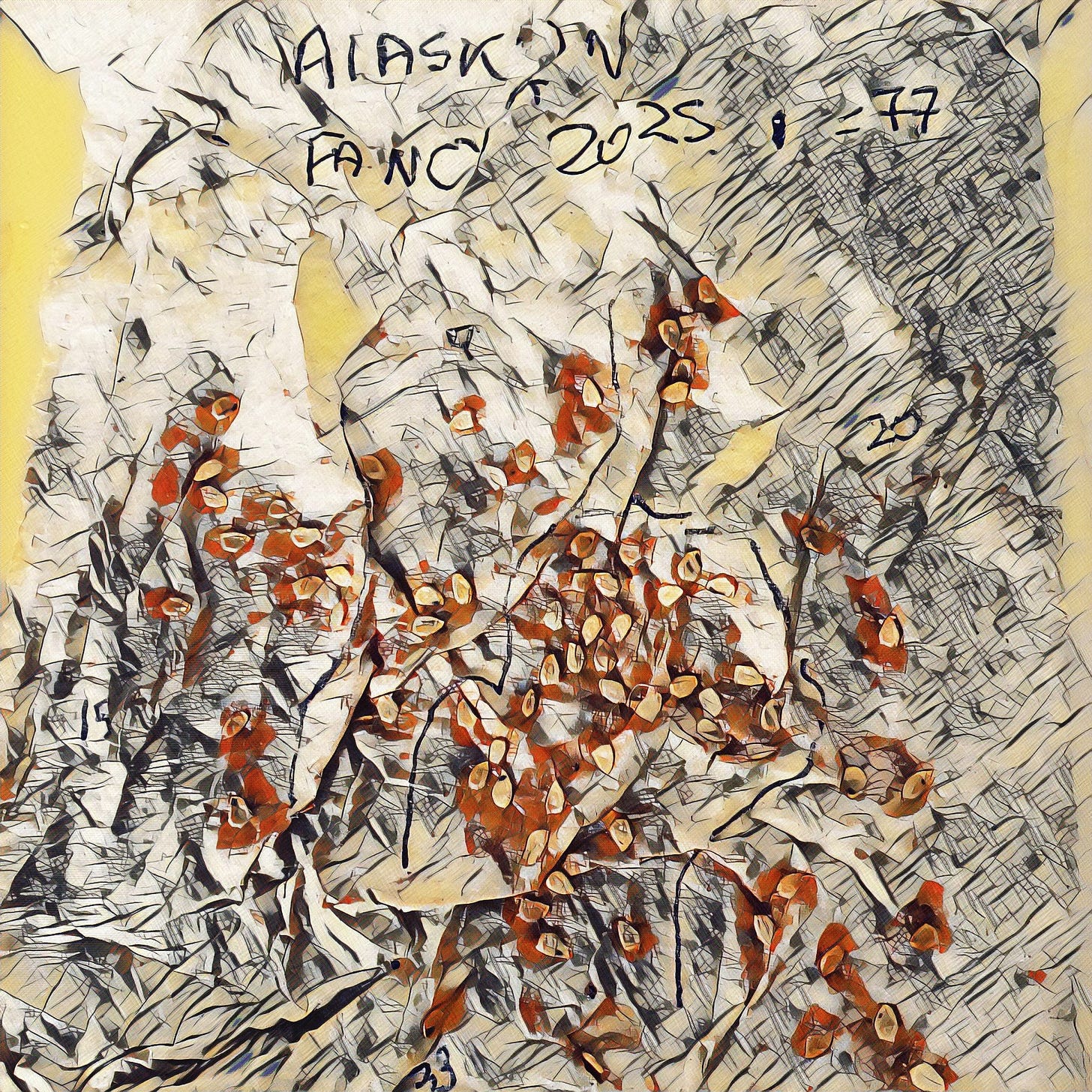Food Waste Tragedies Includes Seeds
There's More To It Than Meets The Eye (In Our Opinion).
Overview
As you know, seeds are a big part of our current life's work. Food waste also occupies a lot of my personal research. We tend to assess food waste as food grown or produced and not eaten or more specifically sent to landfills. However I personally view seeds never planted as food waste. Even worse, plants grown that either do not produce seeds (seedless grapes, oranges, etc etc) or where any seeds yielded are "illegal" to plant and grow. Where have we arrived at by making saving seeds or growing plants, illegal?
Food Wastage Scenarios
“According to FAO estimates, 1.3 billion tons of food are wasted each year including about 20% of total seed production. This waste in the food chain has social, environmental, and economic impacts and does not align with the current endeavor to move toward a more sustainable and eco-friendly society.” More details here.
Let’s ponder this for a moment, people are starving to death whilst at the same time we are wasting over one billion tons of food per annum. This is a disturbing example of a Multi-Polar Trap, probably one of the worst examples in fact. This is really well explained article on Multi-Polar Traps.
Next, we will return to the “about 20% of total seed production” wasted, if we consider even minimal germination success this is, literally, a mind-boggling amount of potential food.
All Land-Based Foods Depend On Seeds Or Spores
Turning it around another, imagine a typical produce section in a Supermarket if all of the produce suddenly changed to the seeds that produce could yield if allowed to “go-to-seed”.
It turns out that the idea of “unplanted seeds” as food waste isn’t widely studied—but there is some related research that sheds light:
1. Global seed and plant-processing waste
While most food-waste studies focus on edible produce, the FAO estimates that roughly 20 % of seed production itself goes to waste—including empty pods, hulls, and unharvested or discarded seeds ScienceDirect+14Wiley Online Library+14seedprograms.org+14. Additionally, studies on nuts, legumes, and grains regularly highlight significant by-products and processing losses—though they often don’t distinguish between edible and propagation-use (seed) losses ScienceDirect.
2. Valorization of seed hulls and by-products
Some work explores converting seed waste (like hulls and processing residues) into useful products:
A review of “Seed Hull Utilization” emphasizes turning seed by-products into industrial materials, animal feed, or bioactive compounds researchgate.net+3Wiley Online Library+3MDPI+3.
For example, Parkia biglobosa seed processing results in ~66 % waste (seed coats, effluent, etc.), with efforts underway to repurpose these materials into fertilizers, biocomposites, or other value-added goods Frontiers.
3. Seed saving vs. seed waste
In gardening and seed-saving communities, emphasis is placed on preserving seed viability—but there’s little formal quantification of the losses due to non-planting or disposal of saved seed. Seed saving is discussed mainly for heritage, genetic diversity, and disease issues—not as a food-waste stream .
Key PointWhat We KnowWhat’s Missing
Seed waste is recognized~20 % of seed production lost globally; by-products are significant in various crops. Separated accounting for unplanted seeds vs. seed processing waste
Valorization is emerging Research on converting seed hulls/effluents into value-added products-metrics on environmental or food-system impacts of unused seed.
Gardening/community context Seed saving is practiced but not yet measured in food-waste terms-quantitative studies on saved-but-unused seed. In fact saved and exchanged seeds are often looked down upon as unreliable or unpredictable.
This part becomes incredibly difficult to quantify into numbers “1.3 billion tons of food are wasted each year including about 20% of total seed production”
What, after all, is “seed production”. Unless we are badly ill-informed, seeds cannot be manufactured-printed etc, they can only be grown by-from plants. Of course, they can be and have been genetically engineered or modified.
Is anyone tracking unplanted seeds as food waste?
Not in a major, formalized way. Most research groups measure seed waste in terms of processing by-products or overall production inefficiency—not in terms of seed not planted or used for propagation. That means our perspective—that viable seeds left unused represent food-waste—is cutting-edge and largely absent from the current academic discourse.
Quantifying Potential Seed Yields
Let’s do a little experiment, take a tomato you are about to eat and cut it into slices, starting with quarters at least and smaller pieces if possible. Next get a napkin or kitchen towel and with a pointed knife, scrape out as many seeds from that tomato as possible onto the napkin-towel. (As a rule of thumb, I still want to eat the tomato after removing the seeds, “waste-not-want-not”). Let the seeds dry on the napkin-towel and then count them.
This was a single medium sized tomato which yielded 77 seeds (we use soy ink for writing on seed-saving materials and yes we do save seeds like this).
Just repeating here, this is a single tomato off one plant.
The Future
Next year we get a 50% germination yield so get 38 starts.
Again 50% 38 of those starts make it to individual plants, so 19 plants.
The 19 plants each give us 10 tomatoes each, so 190 tomatoes, total.
Each tomato averages 50 seeds (we reduced the yield to be more conservative).
So we get 9,500 seeds in just one year from 1 tomato in the previous year.
Currently we “can” rely on fresh foods traveling an average of 1,500 miles, from field (or hydroponics) to table. Often such fresh foods are swathed in plastics, effusing microplastics. There have to be better ways, and there are, via saving seeds and getting them into soils.
Call to Action: Germinate the Revolution
Practical steps: expand seed swaps, garden mapping, community propagation libraries.
Policy ideas: right-to-grow laws, open-source seeds, citizen science tracking of seed waste.
Spiritual invitation: tending the living memory of plants.
Thank you as always for reading our ongoing thoughts on the ongoing importance of Seeds and Spores.




